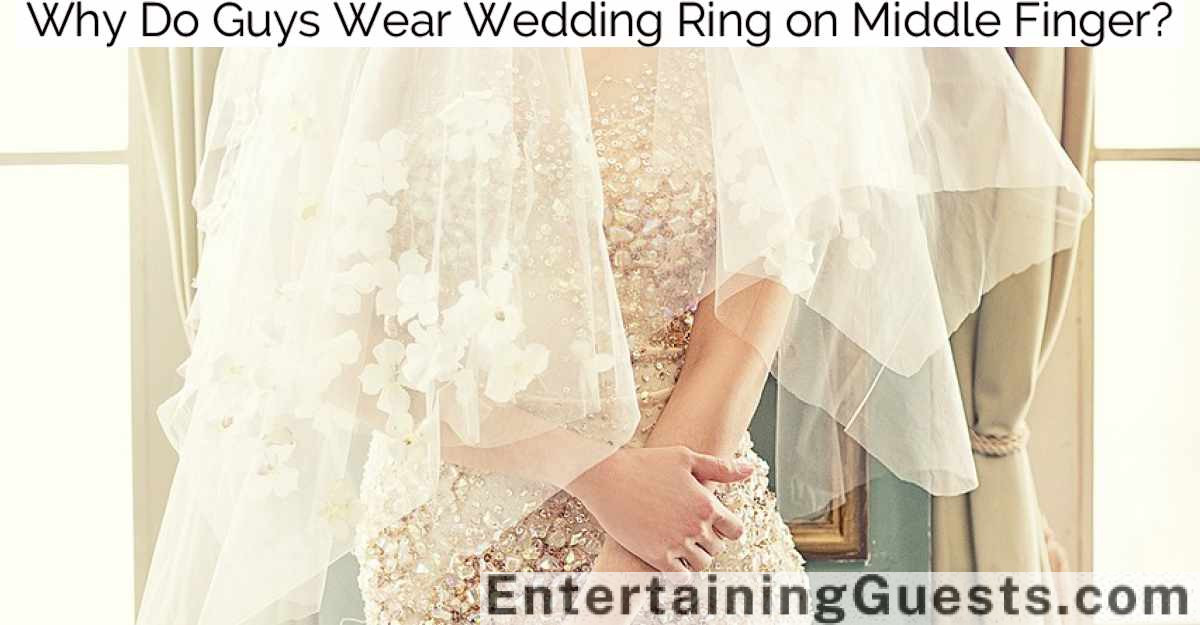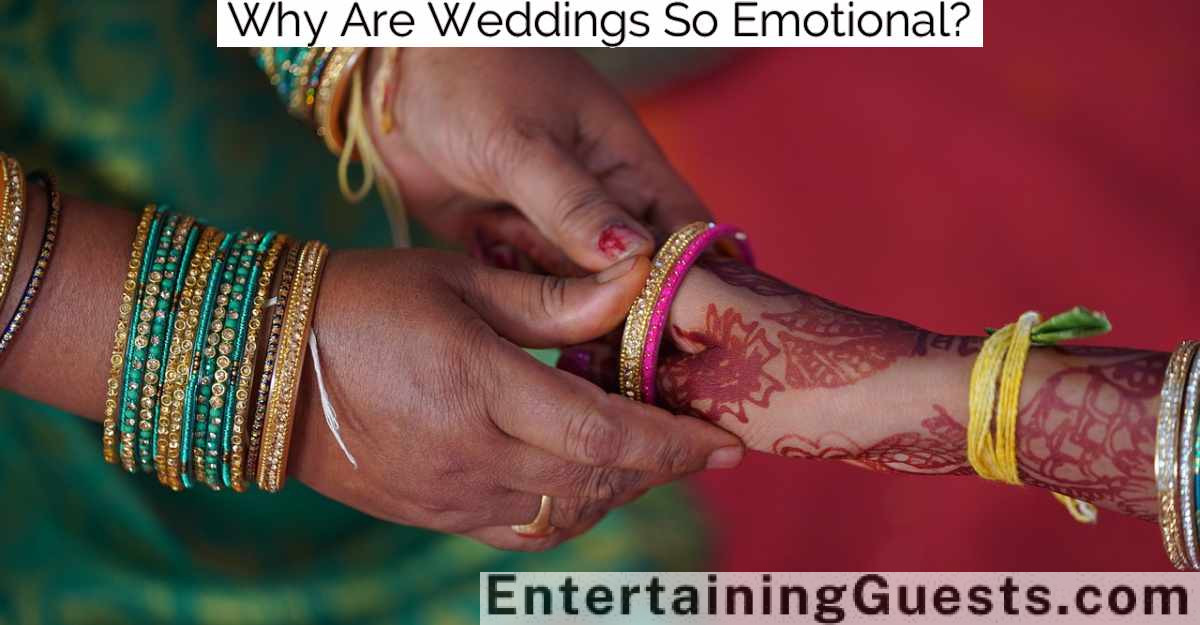Yes, widows may choose to wear their wedding rings on the right hand as a symbolic gesture that reflects their new personal status and ongoing emotional journey.
This practice, which varies by cultural and individual preferences, signifies the widow’s adjustment to life without their spouse while maintaining a connection to their shared past.
In Western societies, this shift of the ring from the left to the right hand is often seen as a way to denote a change in marital status while also embodying personal resilience and remembrance.
The complexity of this decision, influenced by cultural norms and personal sentiments, illustrates the nuanced ways individuals navigate grief and identity after the loss of a spouse.
Historical Perspectives on Widowhood
Historically, societies have frequently imposed rigorous roles and restrictions on widows, reflecting deeply ingrained cultural norms and economic considerations. These constraints often manifested through prescribed mourning periods, attire regulations, and the limiting of social and economic freedoms. In various cultures, widows faced obligatory seclusion or were compelled to wear specific garments signaling their status, which both isolated them and marked them as subjects of societal pity or disdain.
This treatment stems partly from the economic vulnerabilities widows experienced. Without a male provider, many were left destitute, reliant on their families or community charity. Such economic instability reinforced the societal impetus to control widows’ autonomy, particularly regarding remarriage and inheritance rights.
Significantly, in many societies, a widow’s inheritance was severely restricted, often limited to dowry returns or life interest in property, which reverted to her children or her late husband’s family upon her death. These practices weren’t merely byproducts of patriarchal control but also served as social mechanisms to manage property and wealth succession, ensuring that assets remained within the original familial lines.
Therefore, widowhood wasn’t only a personal loss but a complex socio-economic status, heavily influenced by prevailing legal and cultural frameworks.
Symbolic Meanings of Ring Placement
The placement of a wedding ring on a widow’s hand carries deep symbolic significance, intricately linked to cultural norms and personal identity. Historically, the left hand has been reserved for wedding bands, signifying a direct connection to the heart, believed to be on the left side of the body. This placement is imbued with meanings of love and eternal commitment.
However, when a widow chooses to shift her ring to the right hand, this often represents a change in her personal status and emotional journey.
Moving the ring to the right can signify that the widow is continuing her life while honoring her past relationship and the love she once shared. It’s a physical manifestation of her emotional evolution, balancing between her attachment to her deceased spouse and her own individual path forward.
This act isn’t merely a change of a piece of jewelry from one hand to another; it’s a profound statement of resilience and remembrance.
This symbolic gesture allows the widow to communicate her respect for her late spouse and the ongoing influence of that relationship on her life, while also marking her gradual process of moving forward.
This nuanced symbolism underscores the complexity of personal identity and cultural expressions of mourning and memory.
Cultural Variations in Ring-Wearing
Cultural norms greatly influence how widows wear their wedding rings, revealing diverse practices that vary from one society to another. In many Western countries, the tradition dictates that widows either continue to wear their wedding ring on their left hand or move it to their right hand as a sign of their changed marital status. This alteration not only marks a transition but also reflects societal expectations about widowhood and remarriage.
However, in some Eastern cultures, such as in India, widows often remove their wedding rings permanently as a part of broader societal expectations that discourage remarriage and require the shedding of marital symbols. This practice underscores the profound cultural differences in how widowhood is perceived and treated globally.
In contrast, Scandinavian countries often see no change in the wearing of the wedding ring after a spouse’s death, signifying a continuous bond or memory of the deceased. This variation highlights the regional differences in the symbolic meaning of the wedding ring as either a marker of marital status or a personal memento.
Analyzing these practices provides insights into the broader cultural frameworks that govern expressions of mourning and remembrance. It shows that even small symbols like wedding rings can carry deep societal meanings.
Personal Stories and Decisions
While cultural norms provide a framework, individual experiences with wedding rings after the loss of a spouse can vary dramatically, reflecting deeply personal choices and emotional journeys.
Some widows choose to move their wedding rings to their right hands as a symbol of their shift from married life to widowhood, representing both continuity and change. This act serves as a personal reminder of their relationship and its evolution after their spouse’s death.
Others opt to keep wearing the ring on their left hand, maintaining a visible link to their marital status and the memory of their spouse. This decision often stems from a desire to retain a sense of connection with their partner, even in absence.
Alternatively, some widows decide to remove their wedding rings entirely, viewing this as a step towards embracing their new identity as an individual, independent of their previous marital status.
Each decision is infused with emotional significance and is often accompanied by a period of introspection and adjustment.
The choice of where to wear a wedding ring—or whether to wear it at all—does not merely reflect societal expectations but is a deeply personal statement of one’s ongoing relationship with grief and memory.
Psychological Impact of Ring Moving
Moving a wedding ring from one hand to another can greatly impact a widow’s psychological state, often serving as a tangible reflection of their internal emotional realignment. This action, seemingly simple, carries profound symbolic weight, marking a shift from married life to widowhood and often accompanying a redefinition of self-identity.
Scholars suggest that such a gesture can facilitate the mourning process, allowing individuals to express their grief and acknowledge their evolving status in a socially recognizable form.
Psychological studies indicate that the act of relocating a wedding ring can help widows navigate their grief journey by providing a controlled ritual through which they can externalize their internal emotional shifts. It’s a step that might symbolize resilience and an ongoing connection to their deceased spouse, while also affirming their current state of being single.
This dual significance can create a complex emotional landscape for widows, who may feel both anchored to their past and propelled into their future.
In essence, the movement of the wedding ring not only represents an adjustment to a physical object but also acts as a milestone in the psychological adaptation to life changes post-loss. This symbolic act serves as a critical point of reflection and adjustment in a widow’s grief journey.
Conclusion
In summary, the practice of widows wearing their wedding rings on the right hand encapsulates a complex tapestry of historical, cultural, and personal significance. This shift in ring placement is not merely a symbolic relocation but serves as a profound personal and societal marker of change from marital union to widowhood. Analyzing these practices reveals the nuanced ways individuals navigate grief and continuity, reflecting broader psychological adaptations and cultural narratives surrounding loss and memory.




